More details about California’s proposal requiring bidirectional charging capabilities for all EVs
Charged EVs
MAY 8, 2023
In recent testimony, Nuvve CEO Gregory Poilasne told the lawmakers that bidirectional charging can reduce the total cost of EV ownership, and that it’s essential for integrating more renewable energy into the grid. In just a few years, every new EV, on both the consumer and commercial sides, is likely to be bi. That’s one way.

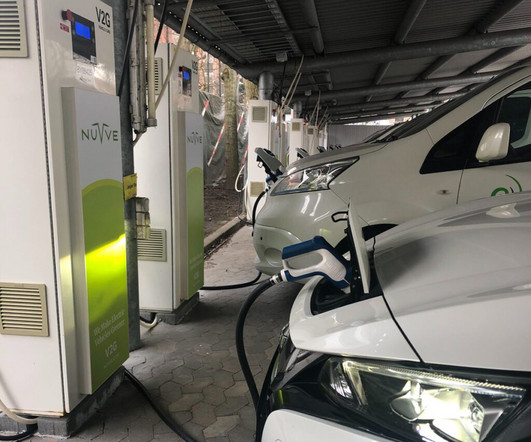


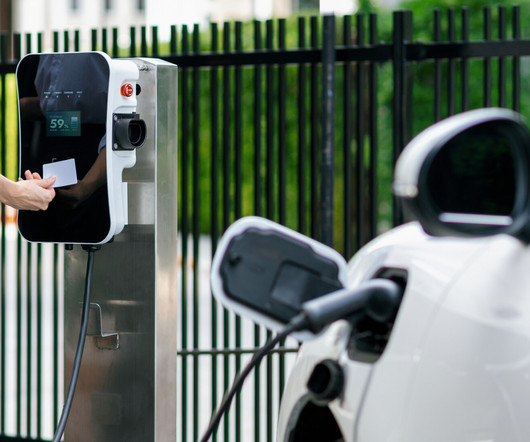
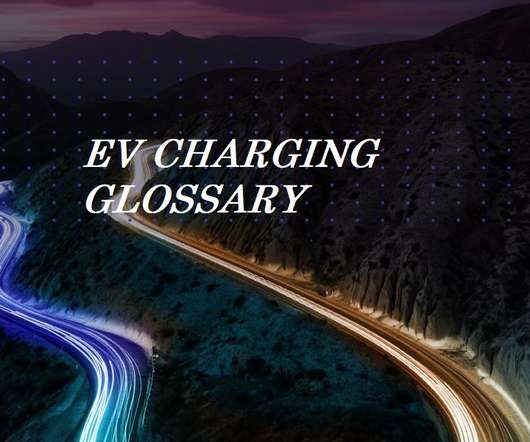
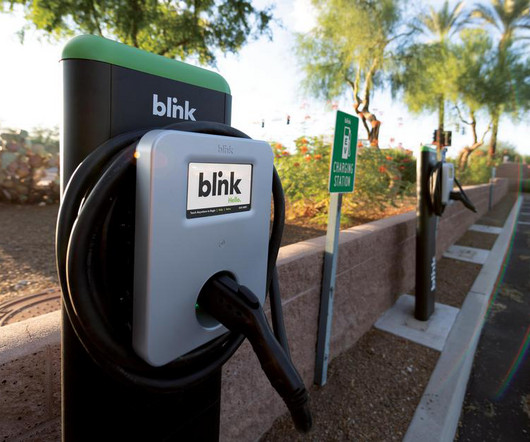

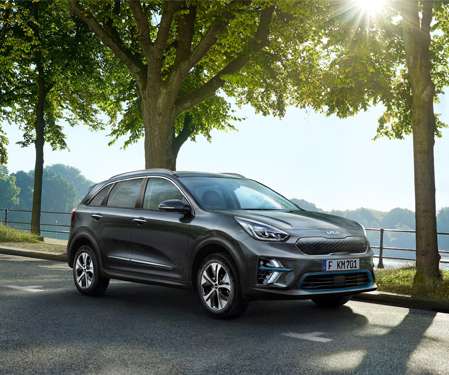

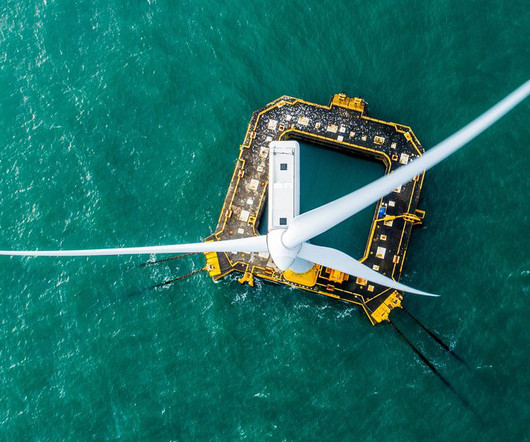







Let's personalize your content